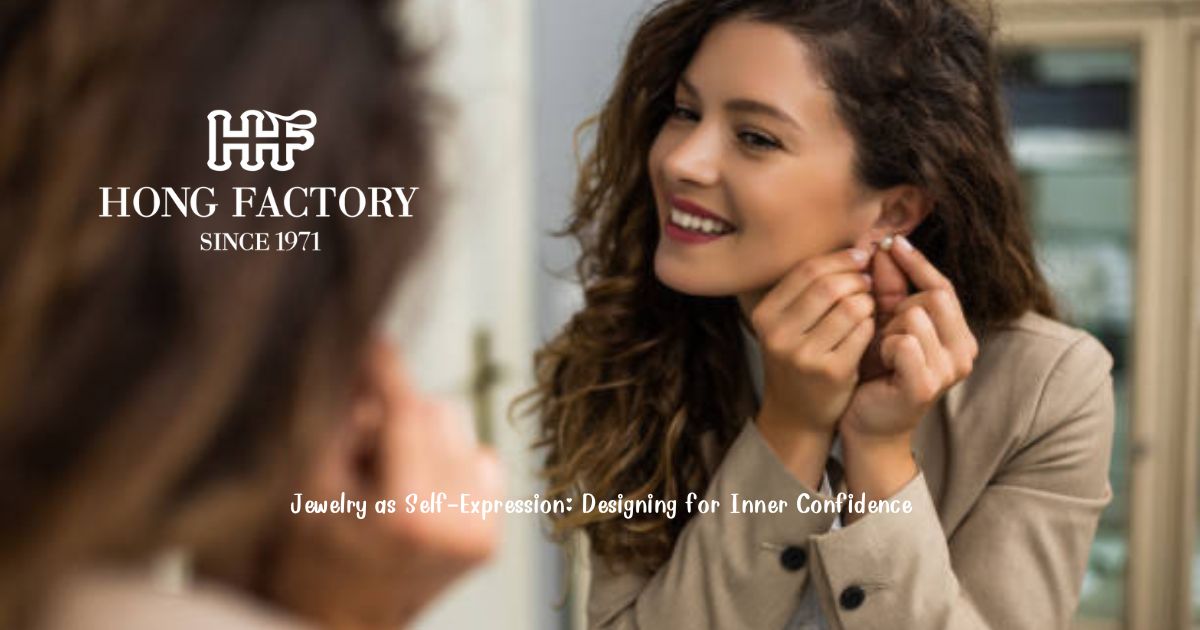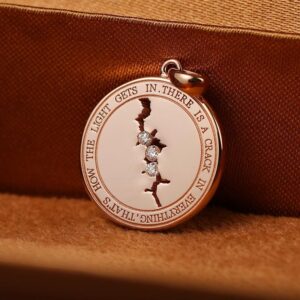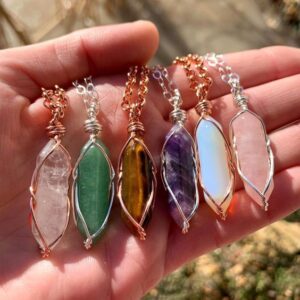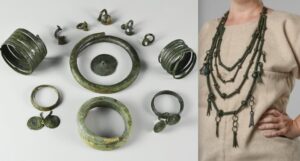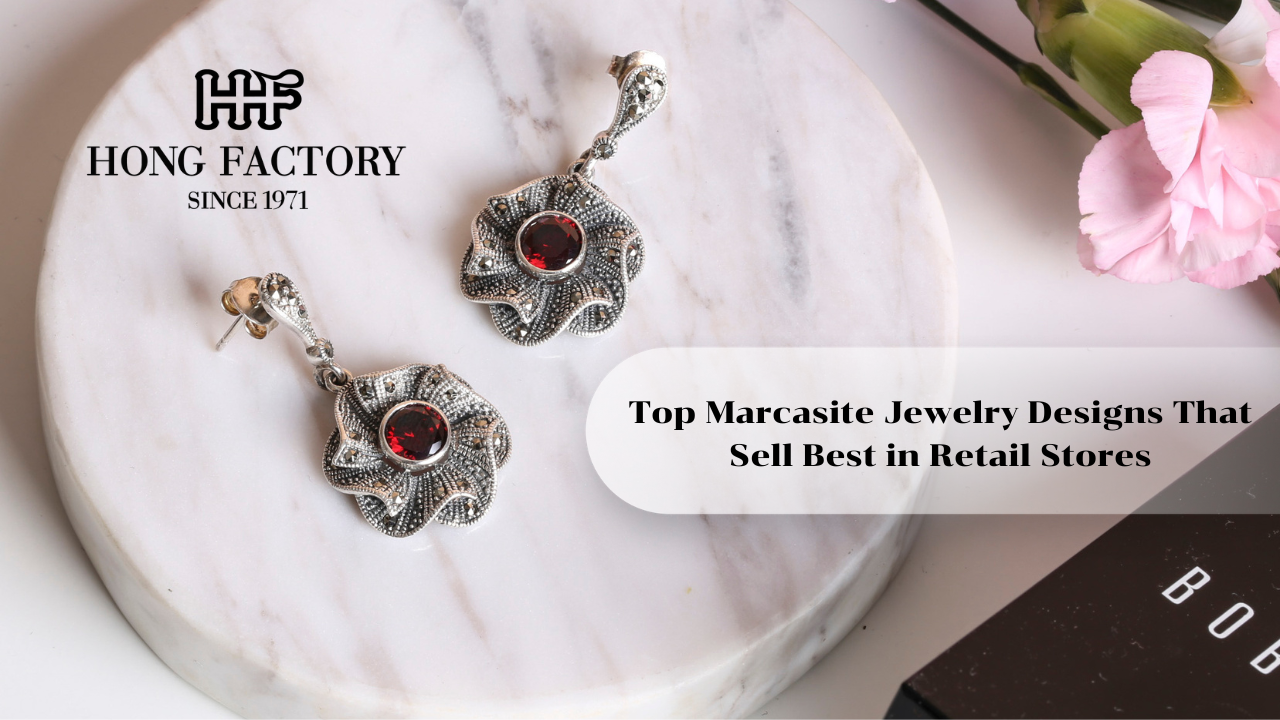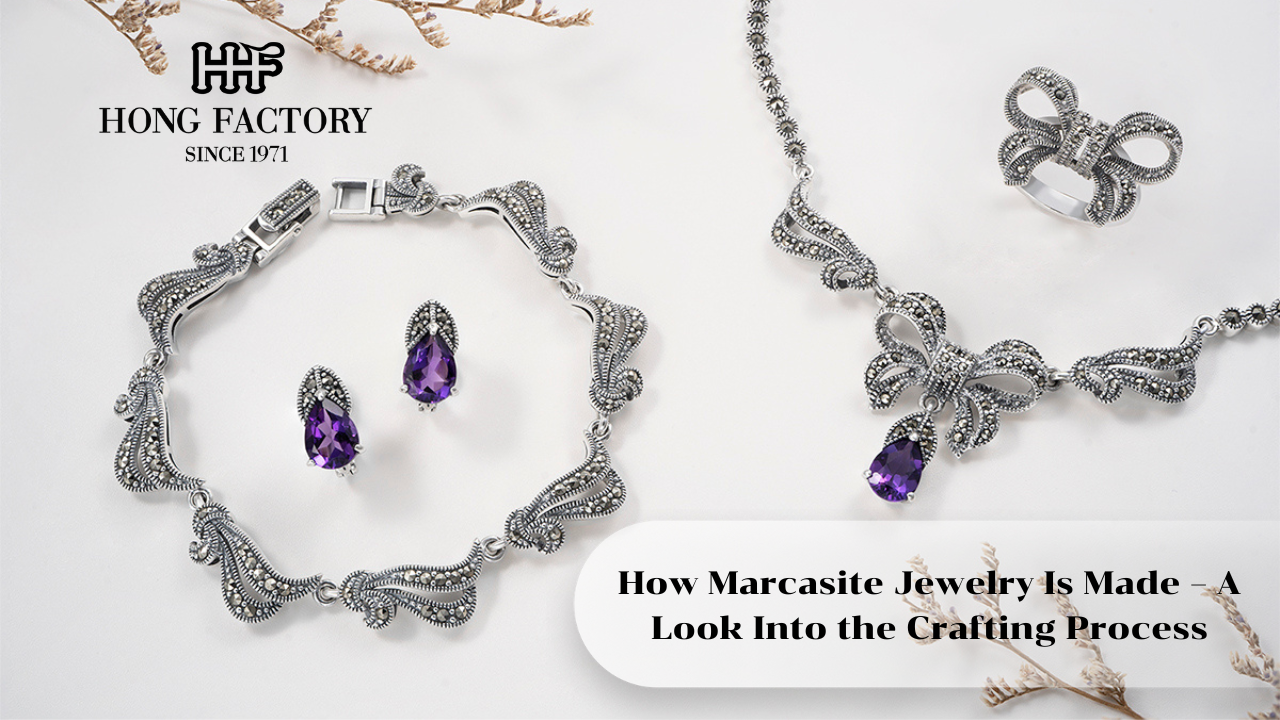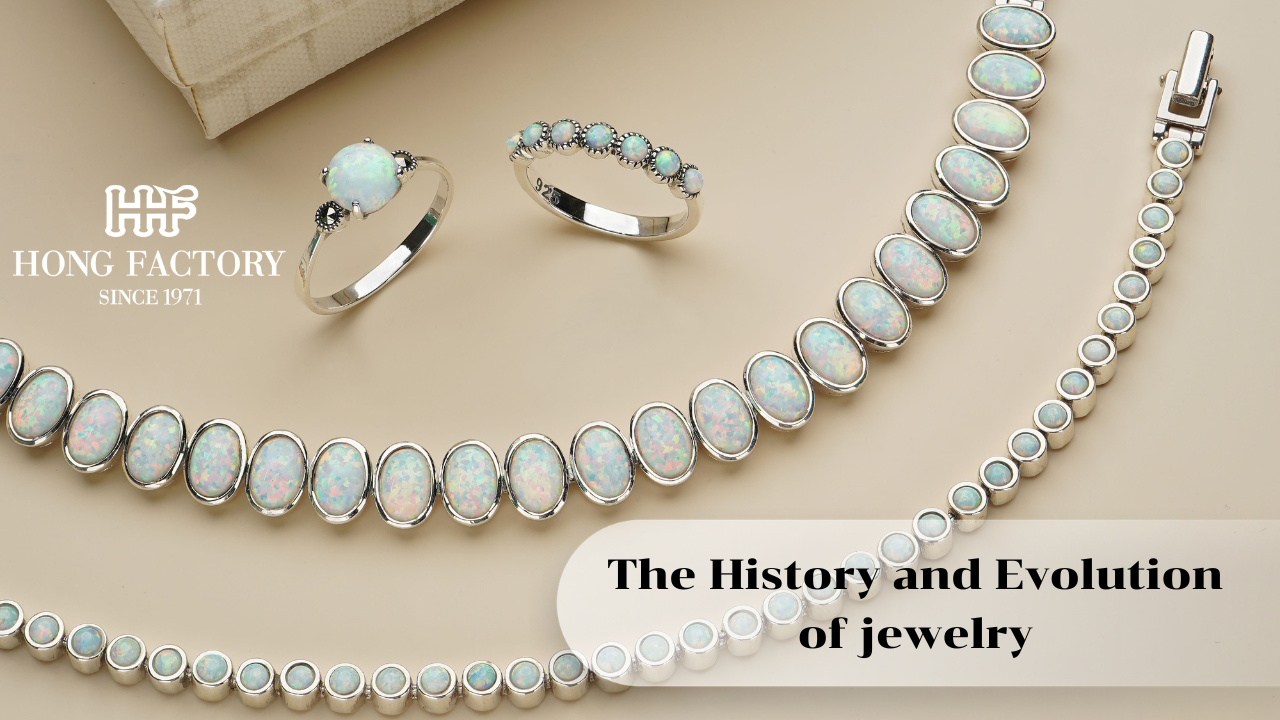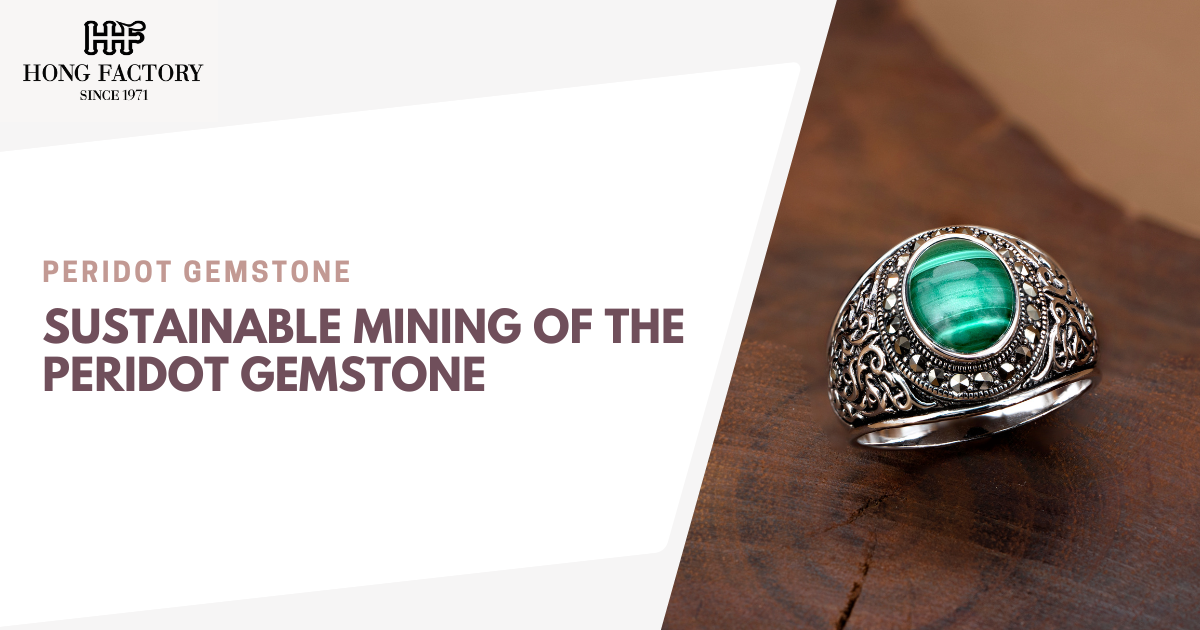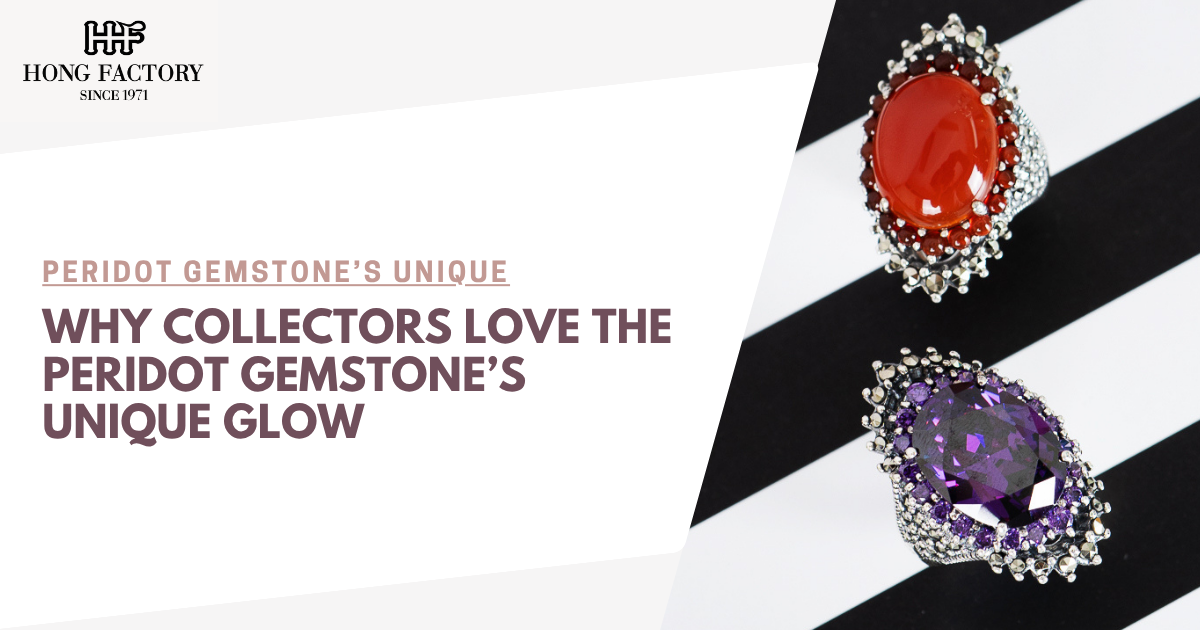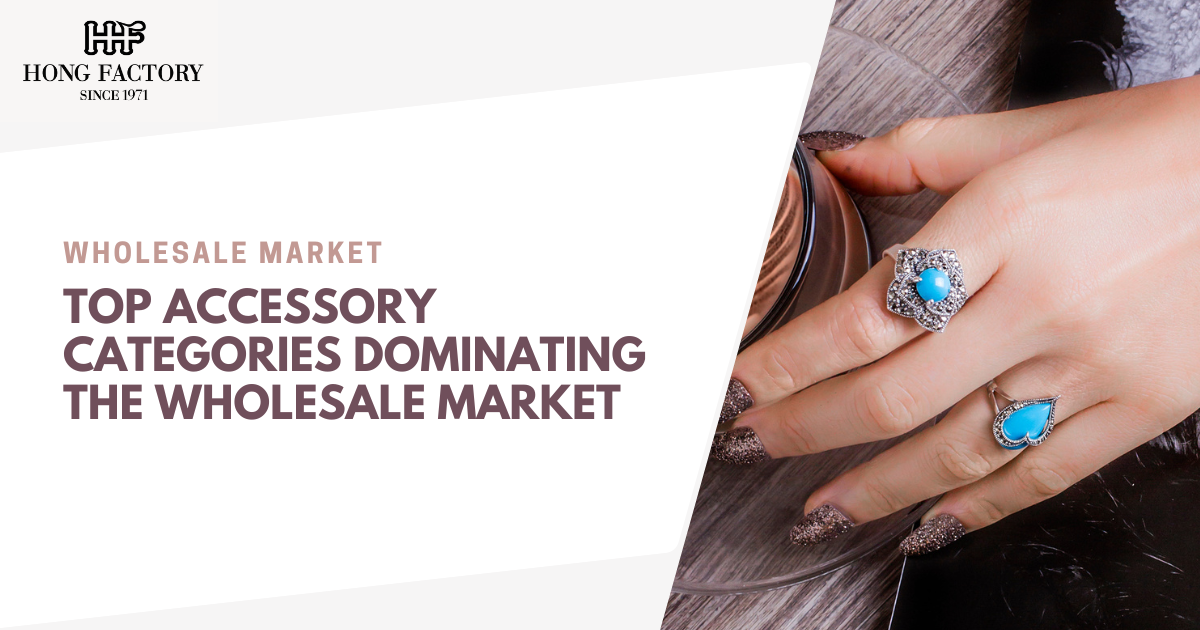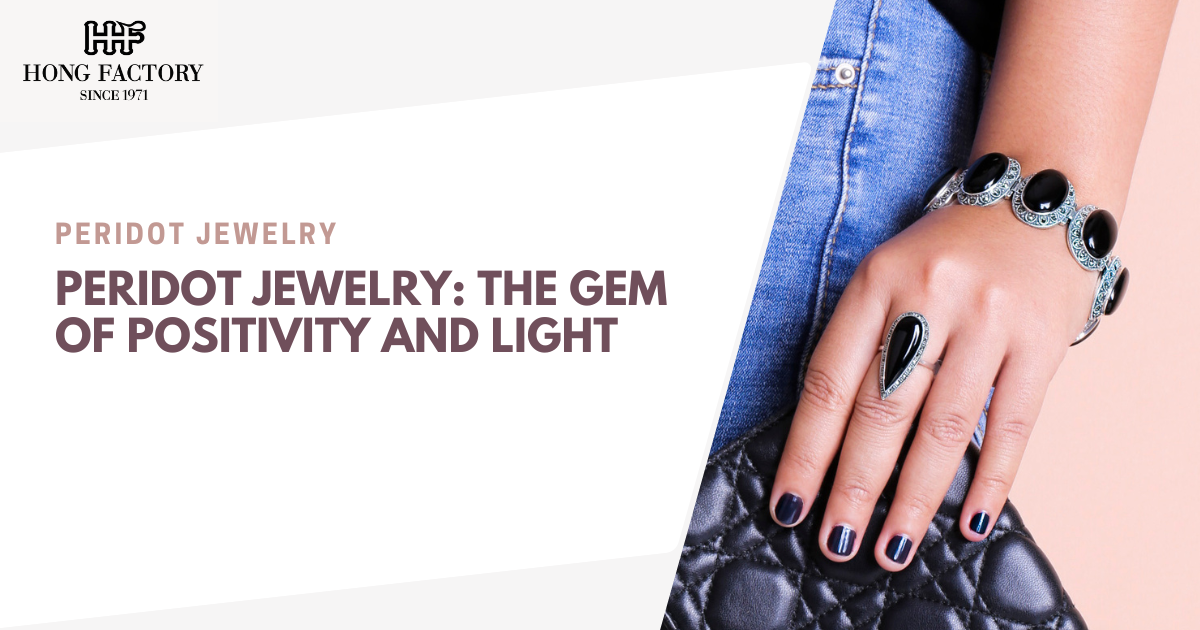Jewelry has always held a unique place in human culture, evolving from ancient talismans and royal emblems to contemporary expressions of personal identity. In recent years, a significant shift has occurred in the way we view jewelry. It is no longer merely an accessory but a form of self-expression that mirrors inner confidence, values, and individuality. Today, consumers are choosing pieces that speak to who they are, what they stand for, and how they feel. This transformation has created a powerful synergy between design and identity, giving rise to a new era in the jewelry industry one that embraces authenticity over opulence.
Jewelry as Self-Expression: Designing for Inner Confidence

Jewelry as a Mirror of the Self
Every piece of jewelry we wear can tell a story. A silver ring passed down from a grandmother, a pendant bought on a solo journey, or a bracelet inscribed with meaningful words all of these carry memories, emotions, and personal meaning. Jewelry becomes an intimate form of communication, offering insight into our personalities and the experiences that shape us. In this context, self-expression through jewelry becomes an act of empowerment.
Consumers are increasingly gravitating toward designs that resonate with their inner world. Rather than chasing trends, many individuals now seek pieces that reflect their values whether that’s sustainability, minimalism, spirituality, or cultural heritage. This alignment between aesthetics and self-identity is redefining how jewelry is worn and perceived.
Designing for Confidence
Designers are responding to this shift by focusing on how jewelry makes people feel. Instead of simply highlighting technical craftsmanship or precious materials, modern collections emphasize comfort, versatility, and emotional connection. Jewelry designed to build inner confidence often features clean lines, customizable elements, and symbolic motifs.
For instance, talismanic pieces with symbols like the evil eye, crescent moon, or lotus flower serve as reminders of protection, growth, and strength. Personalized initials, birthstones, or inspirational quotes also create a deeper emotional bond between the wearer and the piece. These thoughtful design choices make jewelry more than ornamental they become tools for self-assurance.
Embracing Imperfection and Individuality
In a world saturated with mass-produced accessories, handmade and imperfect jewelry is experiencing a renaissance. Consumers are rejecting the idea of flawlessness in favor of uniqueness. Imperfections, once considered defects, are now seen as character echoing the Japanese philosophy of wabi-sabi, which celebrates beauty in imperfection.
Artisan jewelry, with its handcrafted textures and organic shapes, speaks directly to those who value authenticity. Each piece is slightly different, reflecting the human hand behind its creation. This uniqueness resonates with wearers who see themselves not as followers of fashion but as creators of their own narrative.
Gender-Inclusive and Identity-Affirming Designs
Jewelry has also emerged as a powerful tool for expressing gender and identity. The traditional gender binary in jewelry design where bold, heavy pieces were deemed masculine and delicate ones feminine is breaking down. Modern designers are creating gender-inclusive collections that cater to a spectrum of identities, allowing everyone to find pieces that reflect who they are.
Whether it’s a minimalist silver cuff, a chunky gemstone ring, or a stackable set of earrings, the lines between “men’s” and “women’s” jewelry are blurring. This democratization of design encourages wearers to choose based on emotion and self-expression, not social norms.
The Role of Color and Materials in Self-Expression
Color plays a vital role in jewelry’s expressive power. Bright, bold hues often convey confidence and exuberance, while muted tones suggest subtlety and introspection. Materials also carry emotional weight silver, with its cool and understated shine, often symbolizes clarity and calmness; gold represents warmth and abundance; and gemstones like amethyst or turquoise offer emotional and spiritual associations.
Consumers are drawn to materials that resonate with their inner emotions. For example, someone seeking stability might choose grounding stones like hematite or black onyx, while a person undergoing transformation may gravitate toward moonstone or labradorite. These choices reflect a conscious effort to align one’s outward appearance with internal growth.
Minimalism vs. Maximalism: Confidence in Contrasts
Self-expression doesn’t follow a single formula. Some individuals feel most confident when adorned with a single understated pendant, while others embrace maximalist layering with statement necklaces and oversized rings. Both styles are valid, and each communicates a different aspect of personality.
Minimalism is often associated with intentionality and quiet strength. A sleek silver ring or a thin bangle might represent focus, discipline, or refined taste. On the other hand, maximalism celebrates abundance, creativity, and visibility. Stacking multiple bracelets, mixing metals, or wearing bold brooches can convey playfulness, confidence, and a desire to be seen.
Designing for self-expression means allowing space for both ends of the spectrum and everything in between. It’s about offering a variety of pieces that empower the wearer to define their own style without constraints.
Jewelry in Ritual and Reflection
Jewelry also plays a role in daily rituals that build inner confidence. Wearing a certain piece during meditation, before an important meeting, or on a special occasion can become a grounding act. These rituals create consistency and offer a tangible sense of strength.
For many, jewelry becomes a talisman an external object that represents internal truths. Whether it’s a ring worn every day for courage or a necklace put on before speaking in public, these small actions can have a profound psychological impact. Designers who understand this incorporate elements of ritual and reflection into their creations.
The Future of Jewelry as Self-Expression
As the concept of luxury evolves, consumers are no longer seeking extravagance they seek meaning. Jewelry is becoming more personal, story-driven, and emotionally intelligent. This shift challenges designers, retailers, and marketers to reimagine their approach.
Brands that empower customers to co-create pieces by choosing symbols, materials, or engraving messages are thriving. Ethical sourcing, transparency in production, and sustainable practices are now part of the conversation, aligning external choices with internal values.
Jewelry’s role as a vehicle for self-expression is only growing stronger. In a world where identity is fluid and self-definition is celebrated, jewelry provides a medium through which people can feel seen, understood, and confident.
Jewelry as self-expression is more than a trend it is a cultural evolution. As wearers seek pieces that affirm their inner selves, the jewelry industry must continue to prioritize authenticity, inclusivity, and emotional resonance. Designers who craft with intention and empathy are shaping a future where jewelry doesn’t just decorate it empowers.
In every curve of silver, every shimmer of stone, and every symbol engraved, there is a story. And when that story aligns with who we truly are, jewelry becomes more than adornment. It becomes a declaration of inner confidence a wearable affirmation of self.

